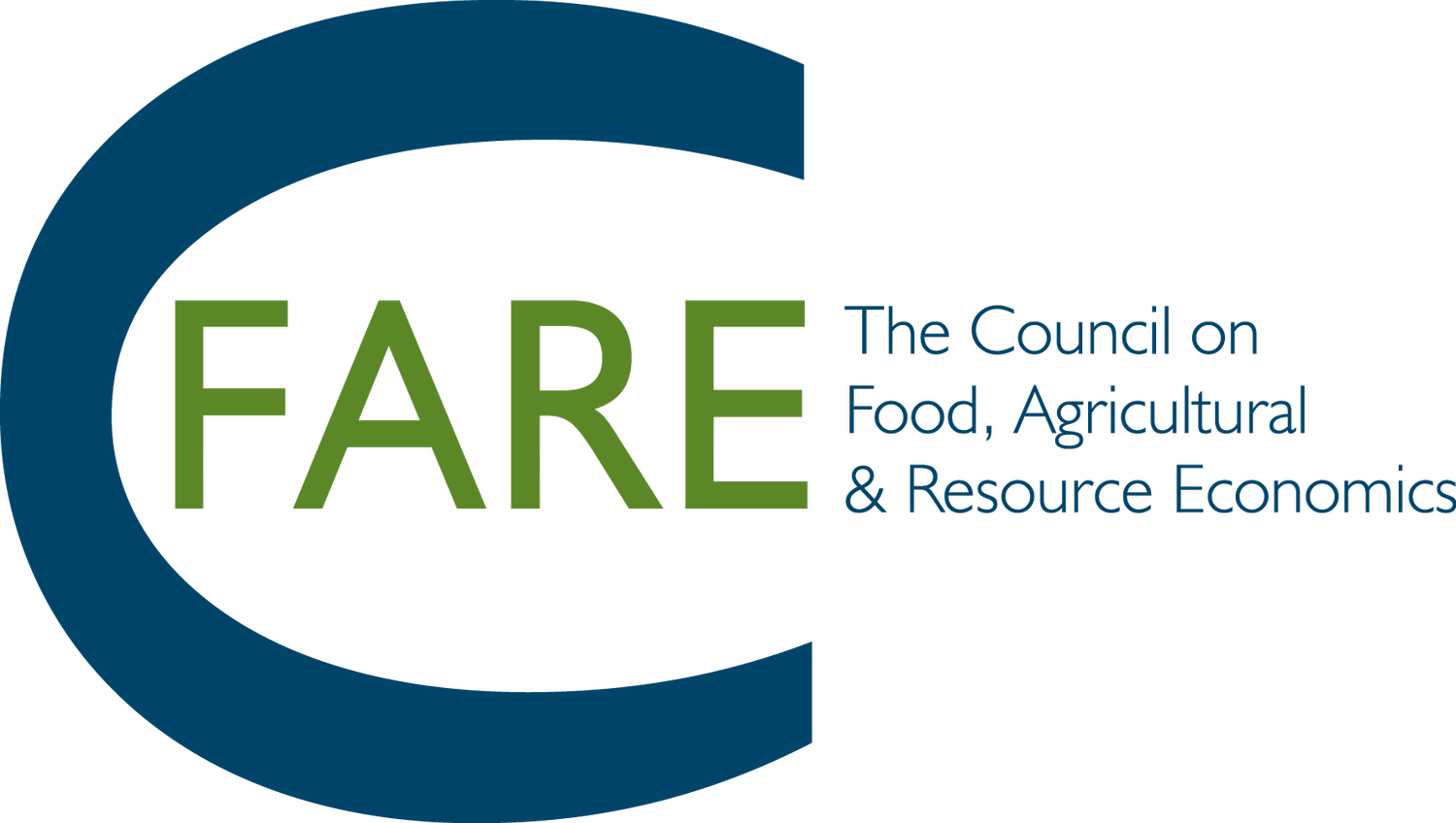How Do You Hit A Moving Target
Market Corner by Yoko Kusunose, C-FARE Board Member and Professor at the University of Kentucky
Climate change is a huge challenge for agriculture, and rightly so. I cannot think of another industry (other than ski resorts) that depends more on the ‘right’ environmental conditions happening at the right time. Compounding to the challenge is the difficulty of predicting local-environment manifestations of climate change and knowing how to address these.
Let’s start with the difficulty of predicting the effects of climate change at the local level. As we are all aware, humans have released unprecedented amounts of greenhouse gasses into the atmosphere, which have increased its average surface and atmospheric temperatures. This effect has been consistently documented since the 1970s, and the process is clearly understood.
However, as temperatures rise, the air holds more moisture. And different parts of Earth warm more than others, changing the global circulation patterns of air. This means that global rainfall patterns (where, when, and how much precipitation occurs) change, too. As any meteorologist will tell you, predicting the ‘where, when, and how much’ of precipitation is far more difficult than predicting these for temperature. Add to this the fact that some types of plants--including crops--are evolved to better incorporate CO2 into their biomass and/or grain. The interactions of these multiple knock-on effects greatly complicate our ability to predict yields, product quality (e.g., protein content in wheat), and—ultimately—profitability of different crops in different locales. This does not mean that we shouldn’t try. In fact, many teams of researchers around the world put forth their best predictions of how agricultural production, food prices, and human nutrition will be affected, as witnessed by the Agricultural Model Intercomparison and Improvement Project (AgMIP).
But as G.I. Joe always said, ‘knowing is half the battle.’ It’s only half. Obviously, we must continue to develop technologies and policies that put us on the path to zero greenhouse gas emissions. We also desperately need to prepare to deal with the present- and near-term effects of the greenhouse gasses already in our atmosphere. But how do we hit a moving target?
I believe the only sure bet is to make sure that we have the networks, institutions, and policies in place today, so that they may rapidly develop and deploy technologies and initiatives as they are needed. When torrential rains in the spring of 2022 destroyed farmers’ crops and washed away fields in Eastern Kentucky, a handful of communities were able to quickly aid affected farmers and ensure that community members did not go hungry. As my graduate student advisee found, these communities responded nimbly and effectively because of their existing community champions and strong networks. At the federal level, a nascent example is the USDA’s Climate Hubs, a result of the agency’s 2021 Action Plan for Climate Adaptation and Resilience. We’ll need even more networks at all scales, county-level to global-level. Now is the time to be building as many of these nimble networks as we can.
